How to Prepare for Bucks Breeding Season
If you are looking for a checklist that will help with preparing for buck breeding season, you are in the right place. Get a simple approach on care, feed, and more so your buck can stand up to the rigors of breeding your herd. An important step to do each year with your goat breeding goat kidding.
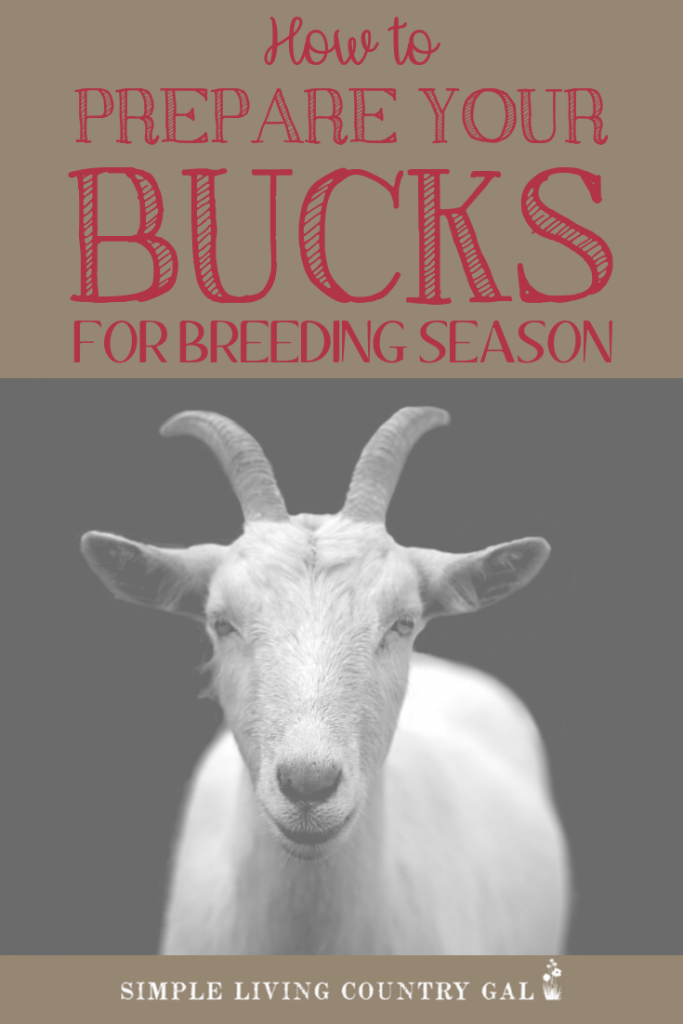
When I first got into raising goats on our hobby farm, I never really considered all the parts I would need to learn. Sure, I was aware of the importance of feeding them, I knew the difference between straw and hay, I even had a good grasp on goat fencing. One part, however, wasn’t yet in my wheelhouse. That was all the parts that I needed to be aware of with breeding my goats and preparing my buck for rut.
If you are brand new to raising goats, then rut might be a new experience for you altogether. So, before we dive into all the tips and steps you need to be aware of, let’s first go over the basics.
Disclaimer: In accordance with FDA guidelines, the information and products offered on this website are not intended to diagnose, treat, cure, or prevent any disease.
What is Rut?
Rut is when a male goat goes into heat. The period when he is able to mate and breed female goats in your herd. This is buck breeding season. That means he will have a surge of hormones that will make him very willing and extremely determined to breed any goat that he smells is in heat.
Here in Northwestern PA, rut usually begins in early August and continues until late November or early December. This does not mean that the rest of the year your does are safe from breeding. A buck can breed a doe at any time throughout the year. When he is in “Full Rut”, however, he will be more determined than any other time.
The most important thing to remember is, if a buck is willing and a doe is able…it’s going to happen no matter what time of year it is. This mindset will save you a lot of time as you will be constantly aware of the security of your buck’s housing.
Why do you need to breed your goats?
If you are raising dairy goats, then you will need to breed your female goats in order to keep the milk flowing.
Most goat owners have three options when it comes to breeding.
1. You can send your does to another farm to be bred by their goat. This is usually called line breeding and is more common than you may think. The drawback here is the possibility of bringing worms, pests, or other diseases back to your farm. To counter this you will want to thoroughly clean your footwear and quarantine your does for a few weeks upon return.
2. Artificial insemination is quickly gaining popularity but it can be an expensive way to breed. Also, semen is short-lived so you need to be highly aware of your doe’s cycle so you can time things for a more successful breeding.
3. Keep a buck on your property to breed monthly or allow him to run with the does during the breeding season. The perk here is the opportunity for you to supervise breeding to better ensure a successful connection. If you do miss and notice your does are in heat a month later, it is usually no problem to try again since all the parts of the puzzle are on your property.
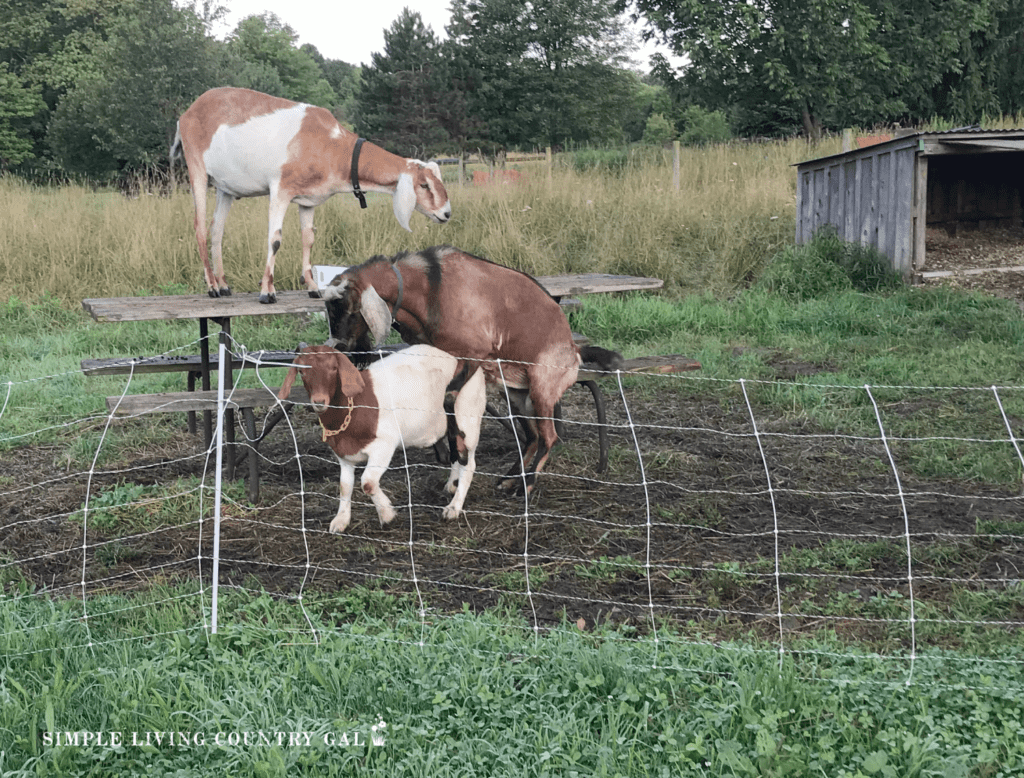
What does Rut mean to a buck?
Rut is when a male goat gets a surge in hormones that gives him a desire to breed a goat that is in. When in rut, he will spray his face and front legs with urine (yes, I know) over and over again. It is a very pungent scent to us, but a sweet and luring scent to the does.
Warning, when your buck is in Rut do not handle him without gloves. That smell is all over him and even though you may be immune to it, meaning the smell is not that noticeable, your friends and neighbors are not. We call that smell “bucky” and it can sink into your skin and stay there long after you stop smelling it. So, always wear gloves and keep your barn clothes separate.
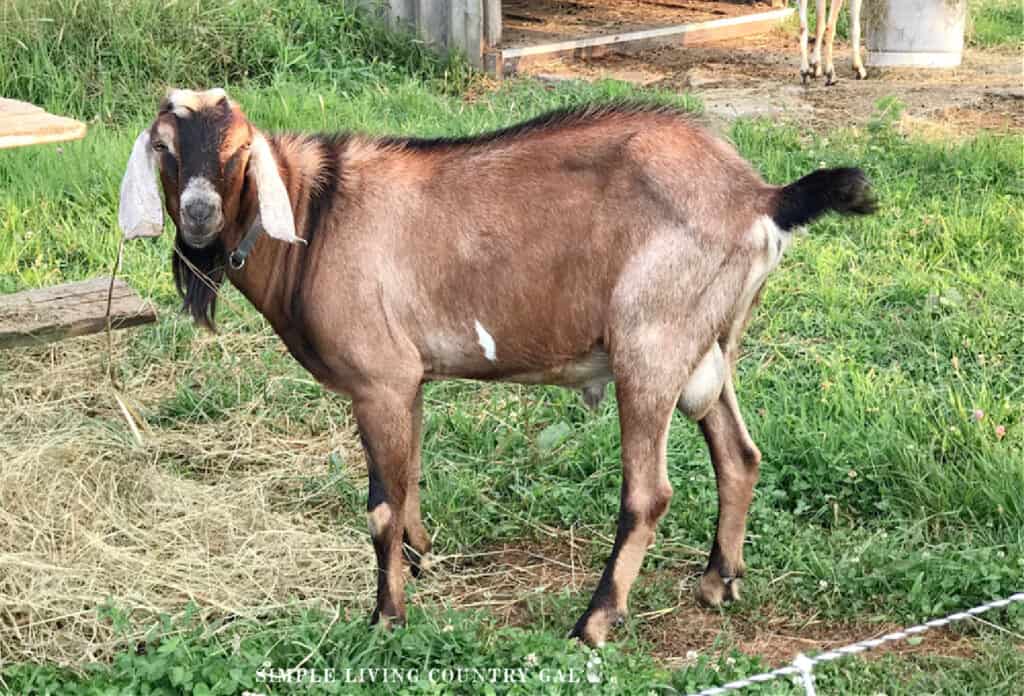
To a buck, Rut also means a time of parading and showing their stuff. Bucks will pace back and forth in their pens, blubbering over and over and moaning or singing to the girls. This may seem comical but it is how the bucks let the does know they are ready to breed. These calls and sounds help to trigger a heat cycle in your does as well. Something to keep in mind.
A word of caution here, sometimes the bucks will become so involved in this show they will not eat or drink as they should. Their desire to breed is a powerful one and they will become so distracted that they forget to eat and drink.
I have seen quite a few bucks lose body condition during this period, some to an even dangerous level. I have since learned to prepare my buck before Rut sets in so he is better able to handle the enduring task of breeding.
Preparing your buck for breeding season is simple. It consists of nourishing your goats inside and out so they can better withstand the riggers of Rut. It also ensures he will have the stamina to last the entire breeding season. If you have a large herd it is critical that you pay close attention to your buck and his body condition. Check him daily. Look at his behavior and his gate. Be on the lookout for anything “off” so you can catch issues before they get out of hand.
Since our bucks enter Rut in early August, I usually begin in late June, or early July.
Disclaimer: Please remember that I am not a vet and this is not a steadfast rule. This is just what I do in my situation with my animals. This is advice only and should be taken as such. Consult your veterinarian for specific guidelines.
How To Prepare for Buck Breeding Season
Breeding Tip #1. Watch how much grain you give your goats.
If you have your bucks on grain make sure it is good quality. Increasing the amount of grain prior to breeding season may help build up your goats to better withstand the demands breeding will have on them. It is always important to make sure you do not overfeed. The best way to increase feed without overfeeding is to introduce the increase slowly.
If you are not feeding grain to your buck, do not begin now. Giving grain to bucks and wethers should be done with caution and in small amounts. Giving large amounts of grain to bucks, as in more than 1.5 percent of their body weight for a long period of time makes them prone to urinary calculi.
Breeding Tip #2. Monitor your buck’s body condition.
Get into the habit of watching your bucks closely, especially during buck breeding season. If they will allow it, put your hands on them so you can feel if they are over or underweight. This will allow you to take any steps to help before things get out of hand. The fur on a goat can disguise more than you might think. Pet, touch, and feel your goats regularly so they become accustomed to it. This one tip alone will go a long way to a healthy herd.
Remember, a buck can be unintentionally rough while in rut so proceed with this tip using caution. Only you know your animals and should be able to tell what you can and should not do with them. Be cautious and careful whenever you are near to a buck in rut.
Breeding Tip #3. Offer free-choice minerals 24/7
No matter where you live, minerals are an important ingredient for raising a healthy herd. Free-choice minerals simply mean your goats make the choice to eat the minerals or not. It is said that a goat will eat minerals if its body is craving them. By leaving a small portion out at all times they can nibble as they need them.
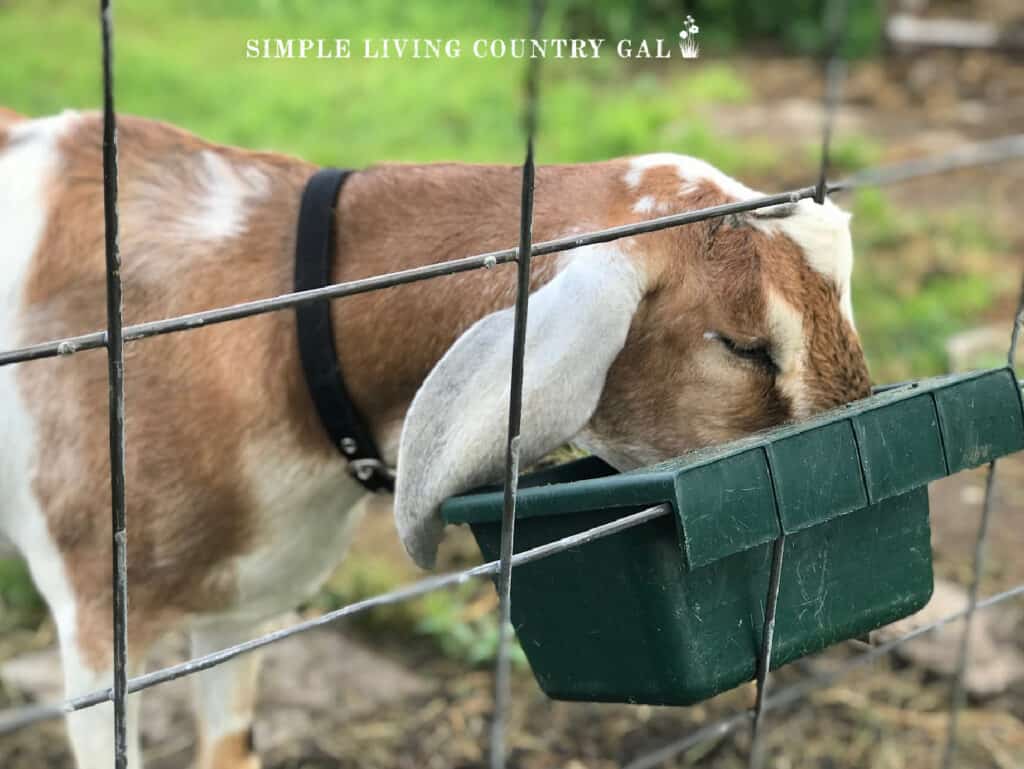
If your buck is deficient, you may notice him eating his minerals quickly rather than just an occasional nibble. If this is the case, you will need to do some research to see what else may be wrong if anything. Or at the very least what he may be lacking nutritionally.
Do a health check to be sure he is good to go. If you cannot find anything wrong and more symptoms show up, you will want to contact a vet immediately. Goats are great at disguising things, sometimes only showing there is a problem when it is too late. As with any animal, prevention is the most valuable way to keep your goats healthy. KNOW your goats so you can quickly recognize when something is off.
Breeding Tip #4. Increase the quantity and quality of hay prior to buck breeding season.
Where we live, Timothy Hay and Orchard Grass is the most common hay mixture for livestock. A good choice, but for goats, Alfalfa is by far the best way to go. Since alfalfa is very hard to come by in my area I feed all of my goats fermented alfalfa hay called Chaffhaye.
During Rut, I will up the amount of Chaffhaye I give to my bucks. This will help them to put on weight in a healthy way. Chaffhaye, in my opinion, helps to put on a little extra weight (if needed) and provides them with extra nutrients, and our goats just love it. It goes without saying overfeeding a goat anything is not a good rule of thumb.
A fat buck is not a healthy buck.
Breeding Tip #5. If needed, give Vitamin B.
If you notice your buck is run down and sluggish you may need to give a boost. A shot of Vitamin B can help quite a bit but again ask your vet before injecting. Remember each situation is different and before administering anything I would always consult a vet.
If you are worried about the cost of calling a veterinarian, don’t be. Talking to a vet on the phone is free and more often than not they will be more than willing to help you. If you do not have a vet in your area that is familiar with goats, then contact your local extension office for a recommendation of a nearby farmer or a 4H group you can consult.
Breeding Tip #6. Give probiotics to help your buck.
Again, if your buck needs a boost in the eating category, probiotics can help. Probiotics come in a tube as a paste that you administer orally. It helps to encourage eating and also promotes a healthy rumen.
This is the Probiotic Paste I use and is safe to use with goats.
Breeding Tip #7. Apple Cider Vinegar can be helpful.
I love ACV and I not only feed it to my goats but to my chickens and ducks as well. Before Rut I will add about a tablespoon of ACV to a gallon of water and pour it into my buck’s water dish once a week. The goats love the taste and it really encourages them to drink up. Water, in my opinion, is the best way to promote good goat health in does and especially bucks.
When purchasing apple cider vinegar you will want to be sure it is organic and it contains the “Mother”. Both should be clearly listed on the label.


Breeding Tip #8. Make Sure Your Buck’s Housing is Secure.
If a buck is in rut and a doe is in heat, your buck will go to great lengths to get to her. Because of this, it is extremely important to house your buck in a secure and safe pen during buck breeding season.
Cattle panels with extra stakes and plenty of room to move around is how we house all of our bucks during Rut.
Once breeding season begins on our farm we will move the bucks in with the does where they will stay until everyone is bred. This usually takes just a month or two at most. This type of breeding is called running the buck with the does and simply means keeping everyone together for 1-3 heat cycles. Since a doe goes into heat every 21 days, 3 months will cover 3 full cycles.
I have a few friends that let their bucks run with their herd year-round. They use welding aprons to prevent unwanted and untimely breedings. I have not used these aprons before so do your research before investing in one. You can see how the buck aprons work in this video I found on YouTube.
Breeding Tip #9. Keep the Bucks Cool in the Heat
Rut is stressful enough without the added discomfort of hot summer weather. Do all that you can to keep your goats cool so they stay healthy for the job ahead. Be sure you have a large shaded area and a cool place on the ground for them to get out of the sun. Be sure you offer them cool water throughout the day and watch for heavy panting or signs of illness.
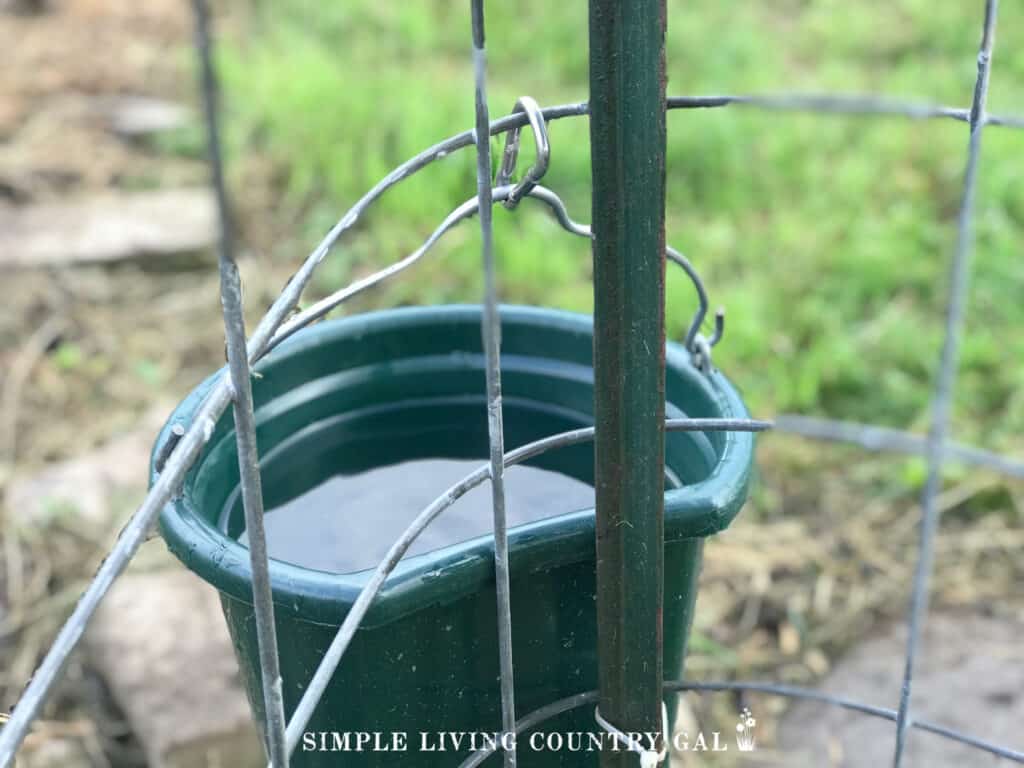
You can read How to Keep your Animals Cool in the Heat for tips.
A goat’s gestation (or pregnancy) is 148-152 days. If you want to know just when your does will have their babies you can use our Goat Gestation Calculator!
Make a note on your calendar of the week for the date you have so you can be ready for the kids when they arrive.
Remember it is so important to be proactive in your goat’s health. Supply them with the nutrient and health support they need, keep a watchful eye for any changes and provide a safe and loving environment. Just these few steps will encourage your goats to be friendly, healthy, and happy.
Goat Kidding Resources:
Goat Breeding 101 – Getting Started

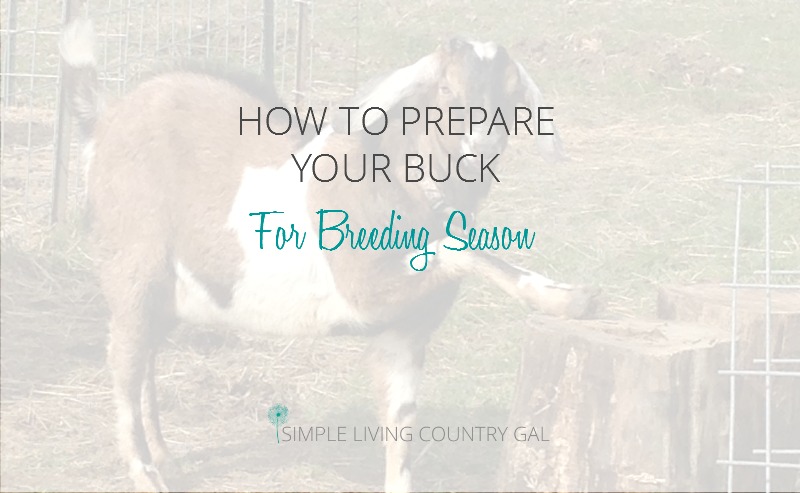
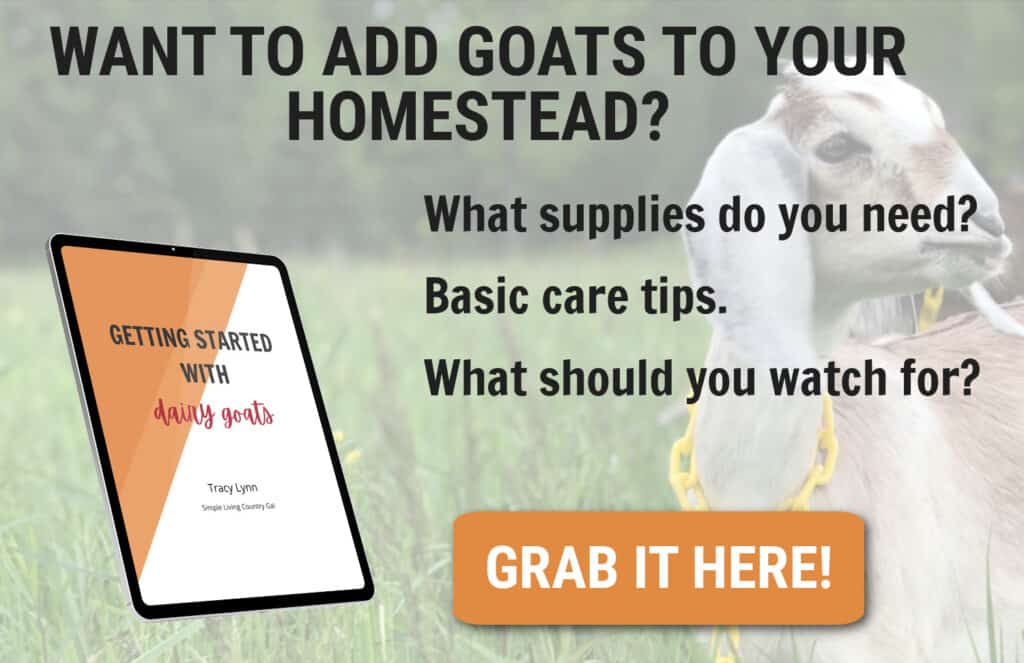
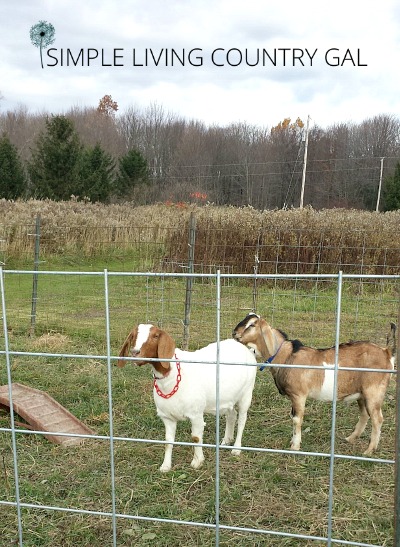
Good suggestions and reminders to keep our bucks in top shape. They are, after all, half our herd!
We bought Bacchus’ Johnson Shield this year, and have to say that it has been WONDERFUL! We prefer to run our buck with the does. That way, everyone gets access to good browse, and they all get to hang out together. Sometimes, our boy Knight is a bit frustrated, but he no longer paces the fence, moaning and crying out to the does.
Thanks so much! I had heard to avoid alfalfa with bucks because it would cause urinary calculi. Is this true in your history?
Also is the goat drinking that one gallon of water/ACV mixture once per week (on Monday it drinks it all) or are you adding a small of the ACV water amount to a dish of fresh water each day and it will use up the whole gallon in one week’s time?
Thank you so much!!
Hello, Nicole!
Yes, my buck downs the water with the ACV in it. When you only add that small amount it flavors the water up nicely and my boy loves it. I feed my bucks Chafhaye but I also feed them grain that is medicated specifically for controlling Urinary Calculi. This is the only medicated feed I give to my animals and I went back and forth for some time on whether I should feed it. I decided this is such a dangerous situation I decided to feed it to all of my boys daily and I have not had any issues.
Hope that helps!
Tracy